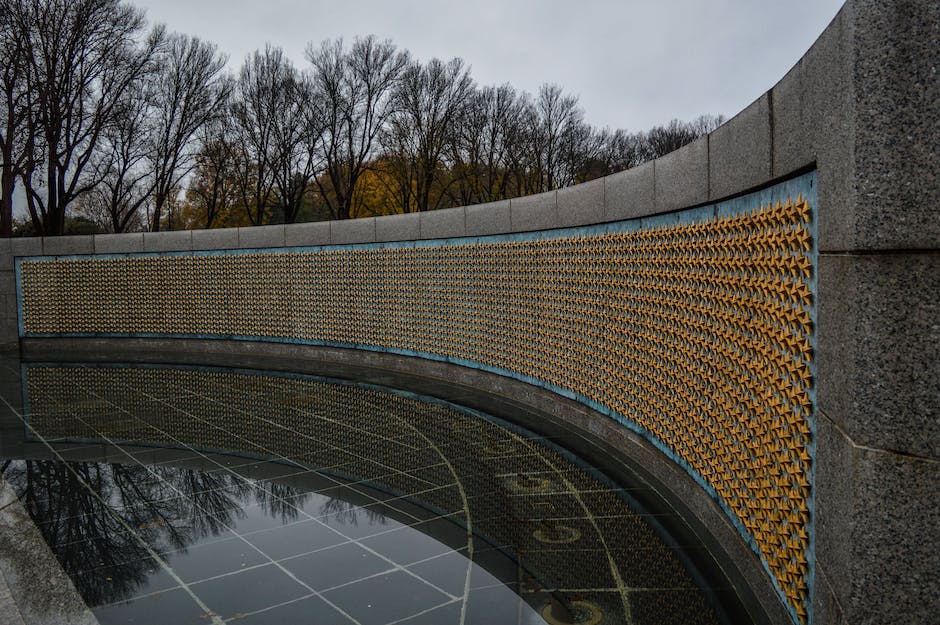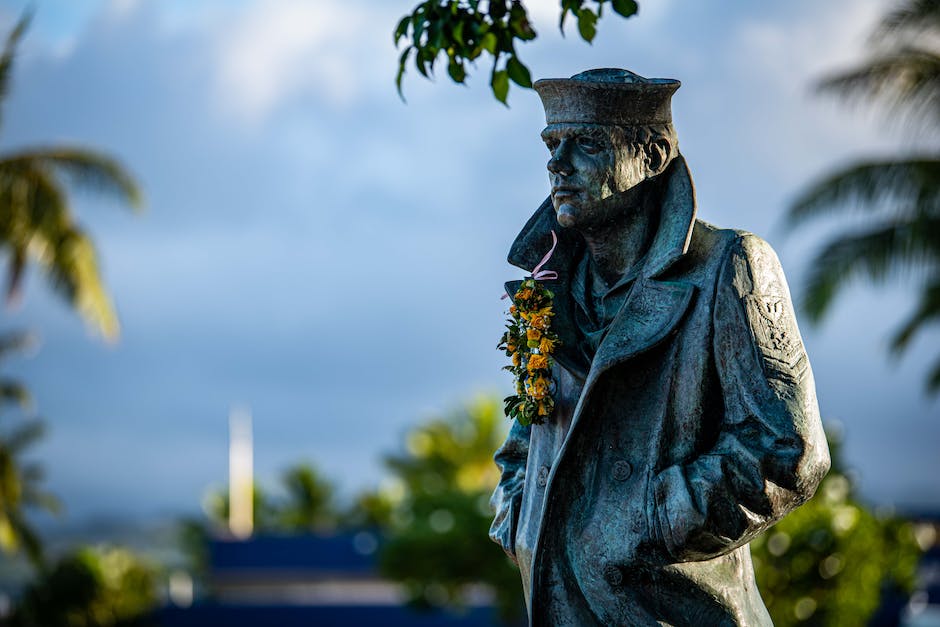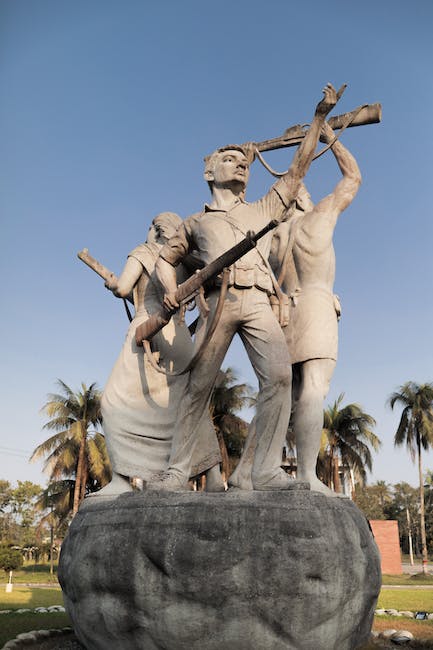As you plan your next solo trip, consider visiting the numerous military and war memorials throughout the United States. These sites offer a glimpse into our nation’s history and serve as an important reminder of the sacrifices made by our brave service men and women. To help you plan a successful and meaningful trip, follow these ten tips:
1. Choose Your Destination

With so many military and war memorials to choose from, the first step in planning your trip is to decide on your destinations. Some of the most popular sites include the National Mall in Washington, D.C., the USS Arizona Memorial in Hawaii, and the National WWII Museum in New Orleans. However, there are many other important memorials to consider. Research the options and decide which sites you don’t want to miss.
2. Research the Memorials

Prior to your departure, take the time to research the memorials you plan to visit. This will give you a deeper appreciation for the significance of each site and allow you to plan your visit accordingly. Review hours of operation, admission fees, and any restrictions or special considerations you need to be aware of. Consider booking a guided tour for a more in-depth experience.
3. Plan Your Transportation

Before hitting the road, think about how you will get around to each of the memorials. Depending on the distance between stops, you may want to rent a car or use public transportation. Research parking options and public transportation schedules ahead of time. You may also want to consider using ride-sharing services like Uber or Lyft to get around.
4. Book Your Accommodations

Depending on the length of your trip, you may need to book accommodations in several cities. Consider choosing hotels or Airbnb rentals close to the memorials you plan to visit or central locations with good access to public transportation. Depending on how long you plan to stay in each location, you may also want to consider booking accommodations with cooking facilities to save on dining costs.
5. Pack Appropriately

As you pack for your trip, keep in mind that you will likely be walking long distances at each of the memorials. Comfortable footwear is a must, as well as weather-appropriate clothing. Depending on your itinerary, you may also need to pack gear like sunscreen and hats. A good backpack can help you keep everything organized and easily accessible.
6. Prepare for Security
Many of the memorials, especially those in high-traffic areas like the National Mall, have strict security checkpoints. Be prepared for this by studying the guidelines ahead of time. You may also want to familiarize yourself with any other special considerations, like the proper protocol for photographing or filming at the memorials.
7. Allow for Plenty of Time
When planning your itinerary, be sure to allow plenty of time to explore each of the memorials thoroughly. Depending on the complexity of the site, you may need anywhere from an hour to several days to properly appreciate it. Invest in a good travel journal to help you keep track of your experiences and reflections.
8. Consider Local Dining Options
Each of the memorials is located in a different region of the country, which means that you will have the opportunity to sample a wide range of regional cuisine. Research local dining options ahead of time so you can plan on trying something new at each stop. Many of the museums also have their own cafes or restaurants with unique menus.
9. Don’t Forget the Souvenirs
No trip is complete without a souvenir or two to remember your experiences. Each of the memorials will likely have a gift shop offering a range of books, keepsakes, and other memorabilia. Consider purchasing something special to help you remember your trip for years to come.
10. Reflect and Remember
Finally, as you explore each of the memorials, take the time to reflect on the sacrifices made by our nation’s service members. These memorials serve as an important reminder of our country’s history, and it is important to treat them with care and respect. Consider taking a moment of silence at each site to honor those who have served.








 You might also be interested in those articles related to solo traveling
You might also be interested in those articles related to solo traveling